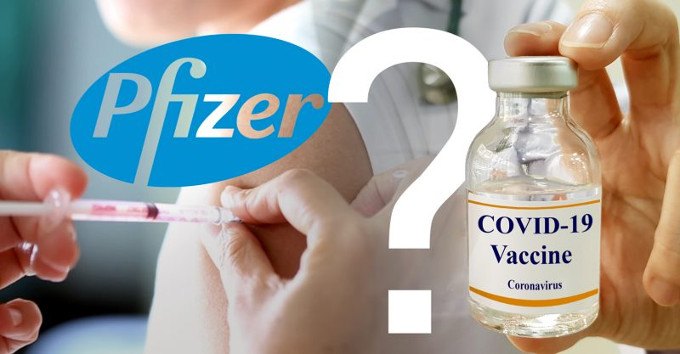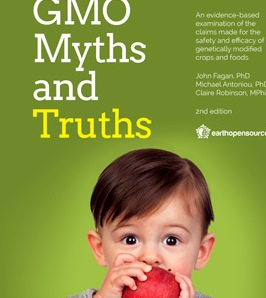Candida auris: A Lethal Industrial Farm Fungus
Candida auris is a fungus that presents multiple serious health threats that are especially concerning. It is difficult to identify, treat and contain; and it is especially persistent in that it is both resistant to treatment and to eradication methods. What makes this fungus very hard to eradicate is that it forms spores and a biofilm that can cling to synthetic surfaces – including reusable medical equipment.
The New York Times (April 6, 2019) reported that: “Over the last five years, it has hit a neonatal unit in Venezuela, swept through a hospital in Spain, forced a prestigious British medical center to shut down its intensive care unit, and taken root in India, Pakistan and South Africa.”
What also distinguishes C. auris from other fungi is that it can be spread from person to person, similar to bacteria and viruses. Dr. Julianne Kus, a clinical microbiologist at Public Health Ontario, stated: “Typically, we have never really been concerned about fungi or yeast spreading from person to person.” But C. auris can spread into the environment and back to another person. When the strain is multi-drug resistant and resistant to disinfectant cleaning products, it quickly can become a nightmare for hospitals.
The Times article described how following the death of a C. auris infected patient, Mount Sinai hospital, tests showed that the fungus was everywhere in his room; “so invasive that the hospital needed special cleaning equipment and had to rip out some of the ceiling and floor tiles to eradicate it.”
A report by Independent Science News (April 23, 2019) by Alex Leibman and Rob Wallace reveal startling facts that explain why there is such a concerted silence about the most serious hospital infestation of a fungus that is traceable to industrial agriculture’s mass application of fungicides. This is a highly contentious issue which the agriculture giants try hard to suppress. [Read :Current Controversies ]
The problem with these chemicals, is that they approximate the molecular structure of antifungal drugs, rendering the drugs useless against Candida auris, a yeast, that is killing immune compromised patients in hospitals, clinics, and nursing homes at a prodigious clip, up to 40-60% of those who suffer bloodstream infections in a month’s time.
“In the rooms of the infected and the dead, the fungus appears intransigent to nearly all attempts at eradication. The fungus can survive even a floor-to-ceiling spray of aerosolized hydrogen peroxide…
“Eighty percent of U.S. antibiotics are used to promote livestock and poultry growth and protect the animals from the bacterial consequences of the manure-laden environments in which they are grown. That’s 34 million pounds a year of antibiotics as of 2015.
Similarly, “Agricultural azole fungicides comprise a third of the total fungicide market. Twenty-five different forms of agricultural azole demethylation inhibitors are in use, compared to just three forms of licensed medical azoles. So we shouldn’t be surprised that in applying these fungicides at landscape scales in the millions of pounds annually, the medical use of triazole antifungals, using the same mode of action, would rapidly turn ineffective.”
The agricultural applications help generate drug resistance across multiple human bacterial infections, killing 23,000-100,000 Americans a year and, with an increasing amount of antibiotics applied abroad, 700,000 people worldwide.
Candida auris is a fungal species that has developed multidrug resistance; it is rapidly spreading globally across human populations. The CDC acknowledges that 90% of C. auris infections are resistant to an antifungal drug, while 30% are resistant to two or more antifungal drugs. C. auris is killing patients in hospitals, clinics, and nursing homes at a rate of 40-60% within a month of getting a bloodstream infection.
Leibman and Wallace explain how it happened that drug-resistant fungi have come to haunt the modern hospital and jeopardize the sterile spaces. They cite a recent study by Matthew Fisher and colleagues from the Faculty of Medicine, School of Public Health at the Imperial College of London who examined the worldwide emergence of resistance to antifungal drugs [pdf]. They classified six main fungicide classes, and chart the unprecedented rise in the rate of emergence of pathogenic fungi that are resistant to the limited number of commonly used antifungal agents. They note that none of these six fungicide classes were used in the U.S. prior to 2007. What alarms these scientists is the “ubiquity and dual-use of azoles [in agriculture and medical settings] which has hastened the independent evolution of resistance in many environments.”
“The rapid emergence of multidrug resistant pathogenic fungi and the better-publicised threat of antibiotic resistant bacteria both pose a considerable threat to disease control across diverse anthropogenic systems…. Fungal impacts on human health are currently spiralling and global mortality caused by fungal diseases now exceeds that for malaria, or breast cancer, and is comparable to tuberculosis and HIV.”
However, as Leibman and Wallace point out:
“Instead of intervening in the interests of global public health to limit these long-problematic applications, government policy in recent years has promoted the lucrative global expansion of fungicide use, fostering the conditions for virulent drug-resistant fungi.
In 2009, fungicides were applied on 30% of corn, soybean, and wheat acreage in the U.S., totaling 80 million acres. Preventative use of fungicides to control soybean rust quadrupled between 2002 and 2006, despite a dubious economic rationale. Global sales continue to skyrocket, nearly tripling since 2005, from $8 billion to $21 billion in 2017.”





